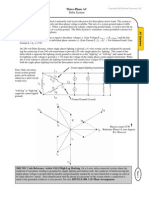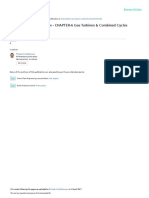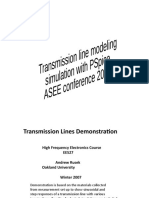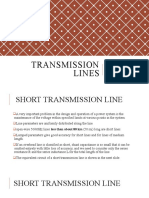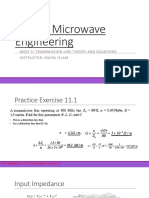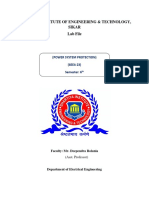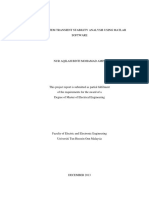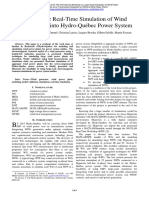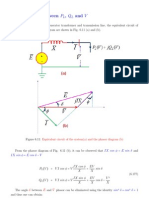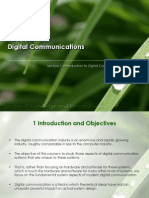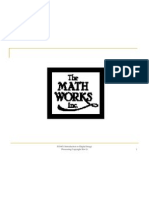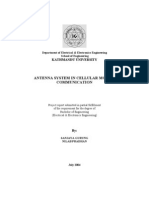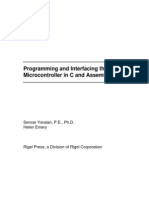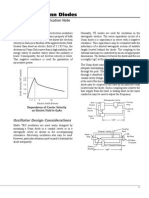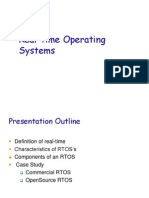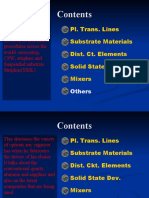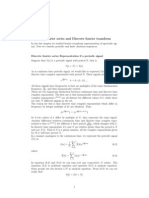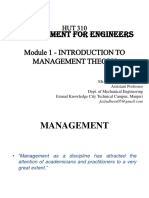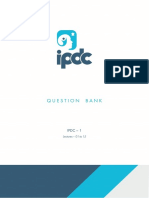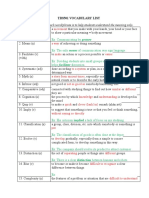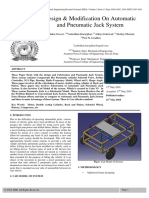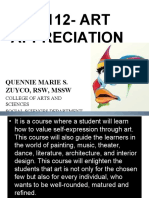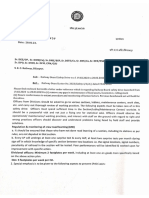0% found this document useful (0 votes)
203 views19 pagesIntro To Communication
This lecture introduces communication systems and models. It discusses what communication is, how information can be measured and packaged into signals, and models for communication systems. It also covers analog vs. digital communication, constraints on system design, the electromagnetic spectrum, and how reliable communication can be achieved through channel coding despite noise in the channel.
Uploaded by
HarshaCopyright
© Attribution Non-Commercial (BY-NC)
We take content rights seriously. If you suspect this is your content, claim it here.
Available Formats
Download as PDF, TXT or read online on Scribd
0% found this document useful (0 votes)
203 views19 pagesIntro To Communication
This lecture introduces communication systems and models. It discusses what communication is, how information can be measured and packaged into signals, and models for communication systems. It also covers analog vs. digital communication, constraints on system design, the electromagnetic spectrum, and how reliable communication can be achieved through channel coding despite noise in the channel.
Uploaded by
HarshaCopyright
© Attribution Non-Commercial (BY-NC)
We take content rights seriously. If you suspect this is your content, claim it here.
Available Formats
Download as PDF, TXT or read online on Scribd
/ 19



